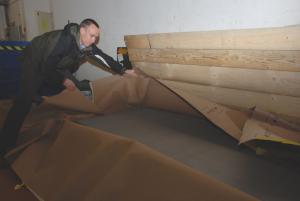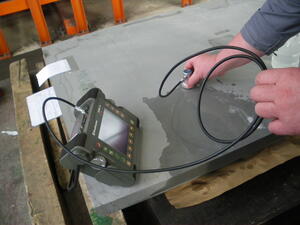Borated steel plate successfully fabricated
The development of materials and technologies for application in ITER is a challenge. In the ITER vacuum vessel, for example, 40 millimetre-thick shielding plates made out of borated stainless steel (type 304B7) with about two percent boron content will be used for neutron shielding. However, it is quite a technological challenge to manufacture borated steel plates of that thickness at an industrial level, because steel with high boron content easily becomes hard and brittle.
Boron has been widely used in the nuclear industry because of its neutron absorption capability. High neutron absorption capability combined with sufficient mechanical properties and corrosion resistance make borated steel an attractive material. If you manage to overcome its brittleness.
In recent tests performed under an ITER R&D contract, the Austrian company BÖHLER Bleche GmbH & Co KG, has now proved it possible. Several trials have been performed to optimize the technological process to avoid crack formation and to achieve the required mechanical properties and the surface quality. Two plates have been produced and are now waiting in a storage room in Cadarache for further tests.




